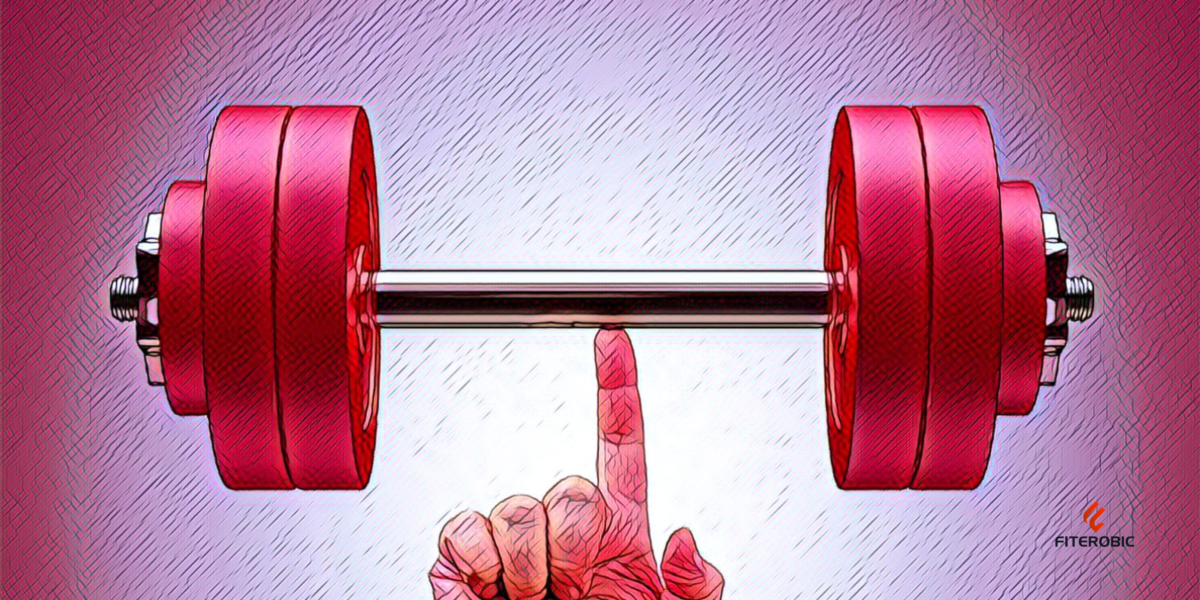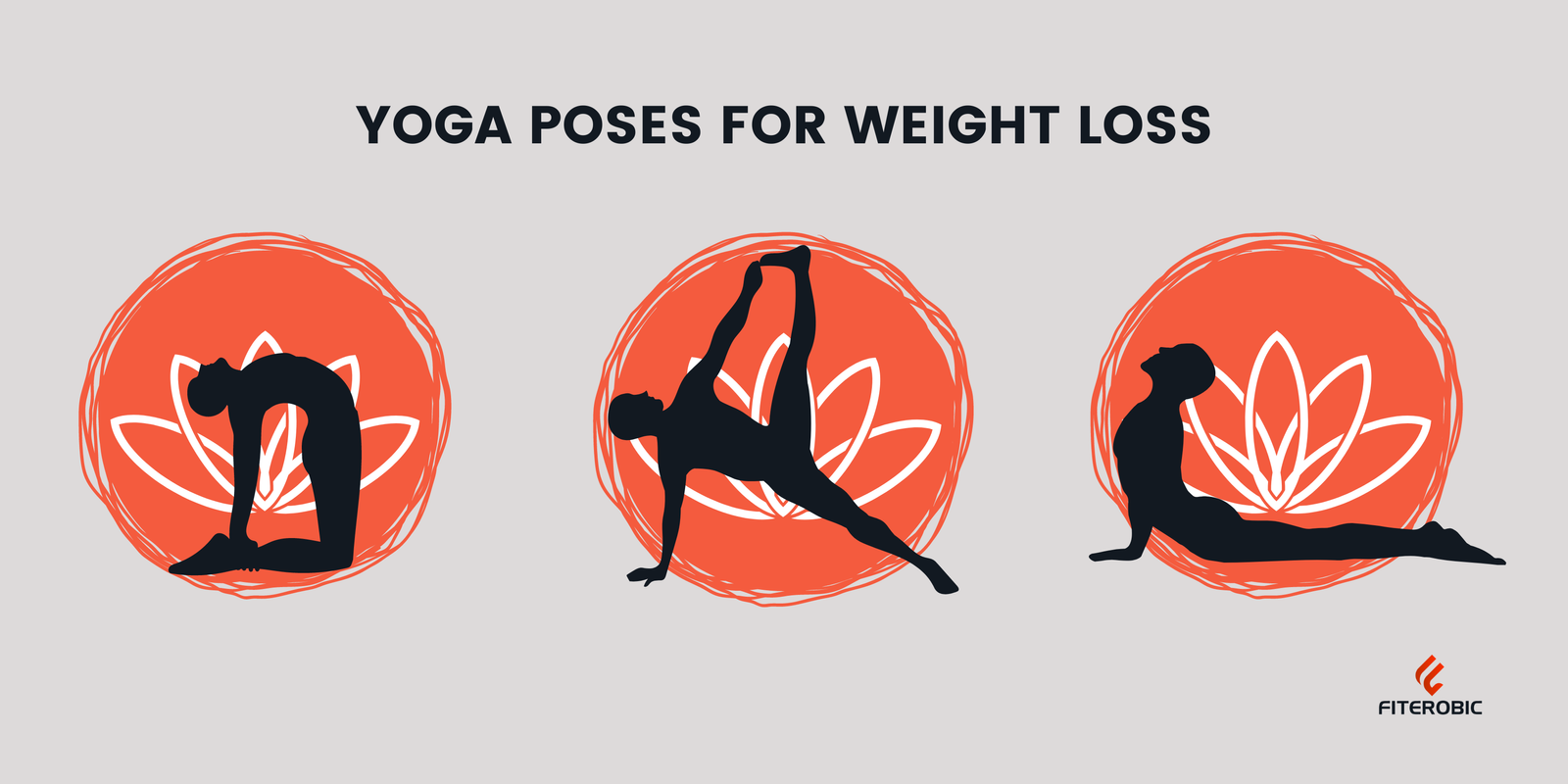
Know About One Repetition Maximum
[vc_row][vc_column][vc_column_text]One repetition maximum, 1Rep maximum, or 1RM is a concept used in weight training. It refers to the highest measure of weight that a person can lift in One Repetition. It is helpful in measuring the strength level of an individual, usually, in competitions like weightlifting and powerlifting.
1 RM is beneficial as an upper limit for determining the desired load for a particular exercise. It is calculated as a percentage of the One-Repetition Maximum.[/vc_column_text][vc_column_text]
What is the Use Of 1RM?
The 1 RM concept finds its use in measuring performance during the following exercises,
- Power clean
- Back squat
- Deadlift
- Seated row
- Leg press
- Bench press
- Heel raise
- Biceps circle
- Shoulder press
- Low row
- Overhead press
- Hip extension
- Triceps extension
- Split squat
- Smith machine squat
- Stiff leg deadlift
- Chest press
- Supine press
- Lat pulldown
- Leg curl
- Hip flexion
- Triceps pushdown
- Military press
- Leg adduction
- Leg extension
Who Can take 1RM Assessment?
- Children aged between 6 and 12
- Adolescents aged between 15 and 17
- Healthy individuals – trained or untrained aged between 18 and 36
- Un-trained middle-aged individuals aged between 50 and 52
- Post-menopausal women aged between 54 and 60
[/vc_column_text][vc_empty_space][vc_column_text]
Benefits Of 1 RM
- Reliable
- Simple
- Time-effective
- Inexpensive
- Popular testing protocol
How to Measure 1RM?
- Choose one of the exercises you are comfortable doing
- Perform warm-up and stretching for 10-15 minutes to activate your muscles
- Perform 6 to 10 repetitions of your chosen workout using 50% of your weight maximum target weight
- Then gradually increase the weight to 80%.
- Take Rest for a minute.
- Add weights in increments of 10% till you’re not able to lift any further weight.
- The maximum weight that you can lift in a good form is your One-Repetition Maximum.
[/vc_column_text][vc_empty_space][vc_column_text]
The Bottom Line
One Repetition Maximum assessments should always be conducted under the supervision of qualified coach to ensure safety.
[/vc_column_text][/vc_column][/vc_row]




No Comments